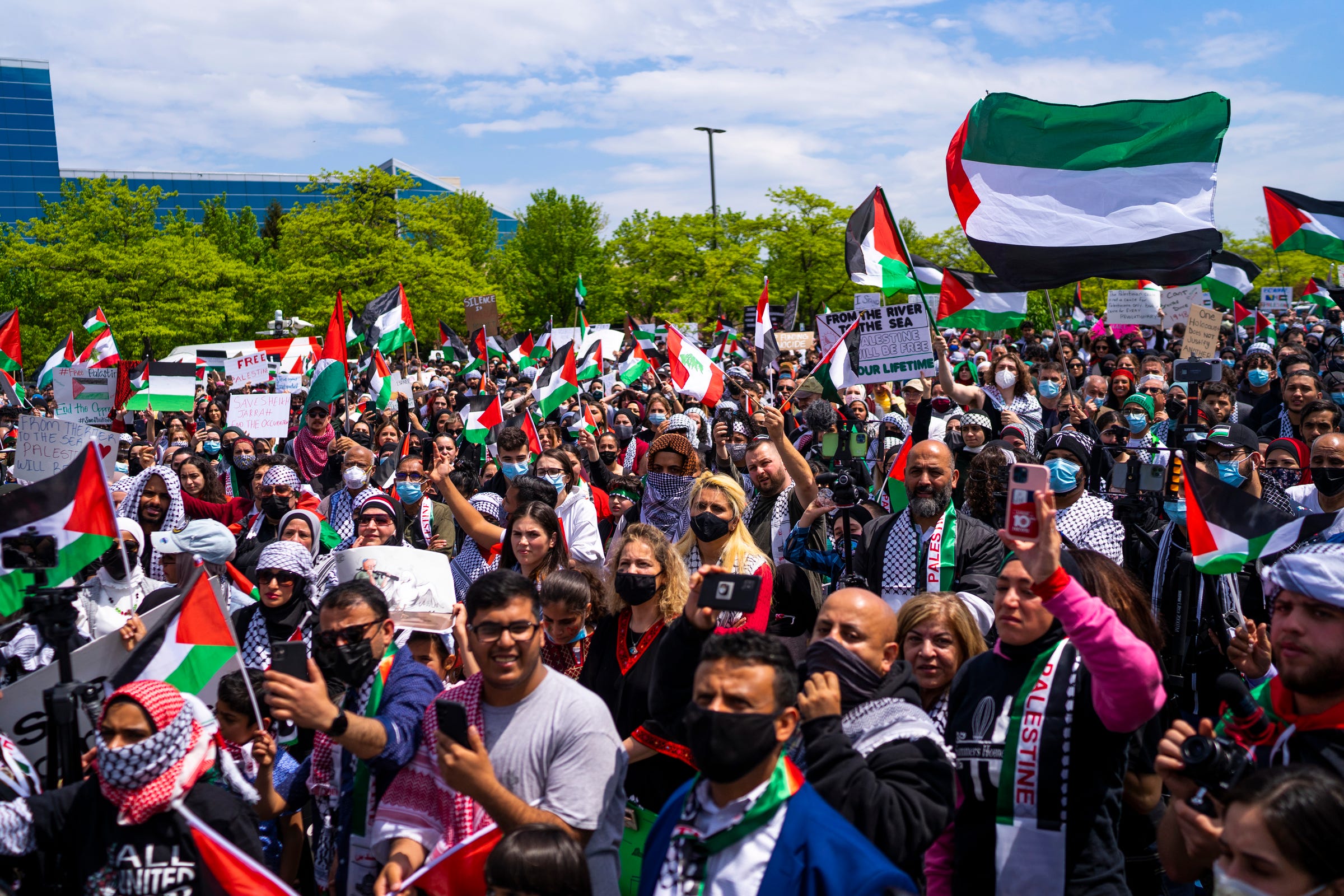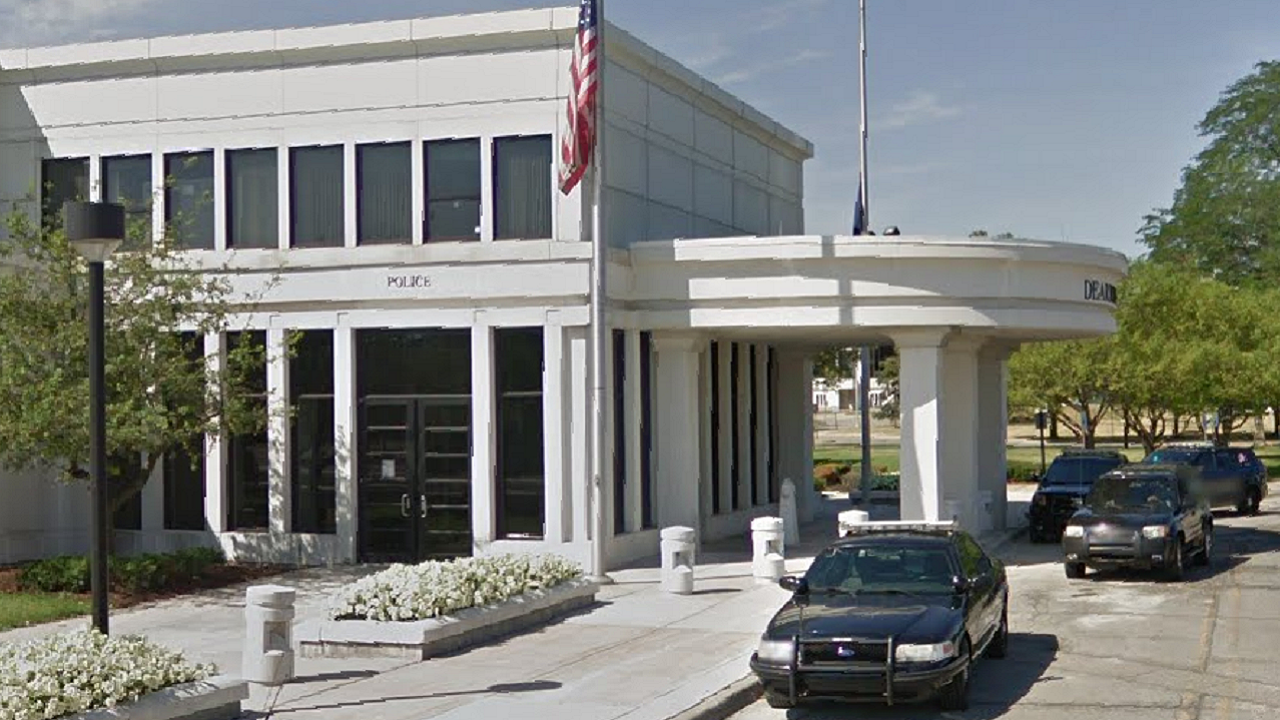Dearborn Michigan protest have become a focal point of national attention, drawing people from all walks of life to stand up for what they believe in. It's not just about holding up signs or chanting slogans; it's about the collective voice demanding justice, equality, and understanding. From the bustling streets of Dearborn to the quiet corners of community centers, the protests here tell a story of resilience, passion, and hope. But what exactly drives these demonstrations, and why does Dearborn hold such significance in this movement?
Picture this: you're walking down Warren Avenue, and the air is thick with energy. People from diverse backgrounds come together, their voices blending into a powerful chorus for change. It's not just about political stances or social issues; it's about humanity. Dearborn, known for its rich Arab-American culture and strong community ties, has always been at the forefront of conversations about identity, belonging, and rights. These protests reflect that deeply rooted spirit, making them more than just events—they're movements.
As we dive deeper into this topic, we'll explore the reasons behind these protests, the voices leading the charge, and the impact they've had on both local and national levels. So grab a cup of coffee, sit back, and let's unravel the story of Dearborn Michigan protest. It's time to listen, learn, and maybe even find our place in this wave of change.
Read also:Emmons Macey Amp Steffey Funeral Home Your Trusted Companion In Honoring Lives
Table of Contents
- The Historical Context of Dearborn Protests
- Understanding Dearborn's Demographics and Its Influence
- Recent Events and Key Protests in Dearborn
- Meet the Leaders Behind the Movement
- The Impact of Dearborn Protests on National Conversations
- How the Community Responds to Protests
- Challenges Faced by Protesters
- Media Coverage and Its Role
- Looking Ahead: The Future of Dearborn Protests
- Final Thoughts and Call to Action
The Historical Context of Dearborn Protests
Dearborn has always been a city of contrasts, where tradition meets modernity. The roots of protest culture in this city go back decades, tied closely to its unique demographic makeup. Arab-Americans, who form a significant part of the population, have long used protests as a tool for advocacy, especially concerning issues like civil rights, religious freedom, and cultural recognition.
Back in the 1970s, protests were more about establishing a presence and asserting identity. Fast forward to today, and the themes have evolved but remain deeply connected to the core values of justice and equality. The historical significance of Dearborn lies in its ability to bridge gaps between communities, making it a melting pot of ideas and activism.
Key Moments in Dearborn's Protest History
There have been several pivotal moments that shaped the protest landscape in Dearborn:
- 1970s Arab-American Rights Movement: Focused on cultural and political recognition.
- Post-9/11 Protests: Addressing stereotypes and discrimination against Muslims.
- Black Lives Matter Demonstrations: Highlighting racial justice and police reform.
Each of these moments added layers to the narrative of Dearborn protests, making them a powerful force in shaping public discourse.
Understanding Dearborn's Demographics and Its Influence
Diving into the demographics of Dearborn reveals a tapestry of diversity that fuels the protests. With a large Arab-American population, alongside African-American, Caucasian, and other ethnic groups, the city reflects a microcosm of America's multicultural society.
Why does this matter? Because the diversity here means that protests often address a wide range of issues, from religious freedoms to racial equality. The demographics not only influence the nature of protests but also the strategies employed by organizers to ensure inclusivity and representation.
Read also:Soap Opera Central General Hospital A Timeless Saga That Hooks Us All
Demographic Breakdown
Here's a quick look at the demographic composition:
- Arab-American: Approximately 40% of the population.
- African-American: Around 25%.
- Caucasian: Roughly 20%.
- Other ethnic groups: 15%.
This diversity is what gives Dearborn protests their unique flavor, making them resonate with a broad audience.
Recent Events and Key Protests in Dearborn
Over the past few years, Dearborn has witnessed some significant protests that have captured national attention. These events are not just local issues; they're part of larger national and sometimes global movements.
One of the most notable protests was the Black Lives Matter demonstration in 2020, which brought thousands of people to the streets. It was a powerful display of unity, with people from all backgrounds coming together to demand justice and reform.
Other Key Protests
- Muslim Ban Protests (2017): A response to the travel restrictions imposed on several Muslim-majority countries.
- Women's March (Annual): Celebrating women's rights and advocating for gender equality.
- Environmental Protests: Focused on climate change and sustainable practices.
Each of these protests highlights a different facet of the community's concerns and aspirations.
Meet the Leaders Behind the Movement
Behind every successful protest is a group of dedicated leaders who work tirelessly to organize, mobilize, and amplify voices. In Dearborn, these leaders come from various backgrounds, each bringing their unique perspective and skills to the table.
Take, for example, Amira Hassan, a prominent activist who has been at the forefront of several protests. Her work focuses on intersectionality, ensuring that voices from all communities are heard. Then there's Jamal Davis, a local organizer known for his efforts in bringing together diverse groups for a common cause.
Leadership Table
| Name | Role | Focus Area |
|---|---|---|
| Amira Hassan | Activist | Intersectionality and Inclusivity |
| Jamal Davis | Organizer | Community Unity |
| Rosa Martinez | Advocate | Environmental Justice |
These leaders, among many others, are the backbone of Dearborn's protest movements.
The Impact of Dearborn Protests on National Conversations
The protests in Dearborn don't just stay within city limits; they ripple out, influencing national conversations on critical issues. Whether it's discussions about religious freedoms, racial equality, or environmental sustainability, Dearborn's voice is loud and clear.
One of the most significant impacts has been in policy changes. Local governments have taken notice of the demands and have started implementing reforms. On a national level, the visibility of these protests has led to increased awareness and dialogue around the issues they address.
Statistical Insights
According to a 2022 study:
- 70% of surveyed individuals believe protests have positively influenced policy changes.
- 60% report increased awareness about social issues due to protests.
These numbers underscore the effectiveness of Dearborn protests in driving change.
How the Community Responds to Protests
The community's response to protests is as diverse as its demographics. While some fully support the demonstrations, others express concerns about disruptions and safety. Yet, overall, there's a growing acceptance and understanding of the importance of these protests.
Local businesses often play a crucial role, offering support through donations, resources, or simply showing solidarity. Schools and educational institutions also get involved, educating students about the significance of activism and civic engagement.
Community Engagement Strategies
Some effective strategies include:
- Organizing workshops and discussions.
- Encouraging youth participation.
- Partnering with local organizations.
These efforts help build a stronger, more unified community that values everyone's voice.
Challenges Faced by Protesters
Despite the progress, protesters in Dearborn face numerous challenges. From logistical hurdles to opposition from certain groups, the path to change is never easy.
One of the biggest challenges is ensuring safety. With protests often drawing large crowds, maintaining order and protecting participants is paramount. Another challenge is countering misinformation and negative narratives spread by critics.
Solutions and Strategies
Protesters have developed various strategies to overcome these challenges:
- Collaborating with law enforcement for security measures.
- Using social media to disseminate accurate information.
- Building coalitions with other advocacy groups.
These strategies help protesters stay resilient and focused on their goals.
Media Coverage and Its Role
Media plays a crucial role in shaping public perception of protests. In Dearborn, both local and national media outlets cover these events, providing a platform for voices that might otherwise go unheard.
However, media coverage isn't always perfect. Sometimes, the focus shifts from the message to the spectacle, missing the core issues. It's essential for journalists and media organizations to approach these stories with sensitivity and accuracy.
Positive Media Impact
- Increased visibility and awareness.
- Amplification of underrepresented voices.
- Encouragement of public discourse.
When done right, media coverage can be a powerful ally in the fight for justice.
Looking Ahead: The Future of Dearborn Protests
As we look to the future, the prospects for Dearborn protests are promising. With growing awareness and support, these movements are likely to continue gaining momentum. The next generation of activists is already stepping up, bringing fresh ideas and energy to the table.
Technological advancements also offer new opportunities for organizing and mobilizing. Social media platforms, for instance, can be powerful tools for reaching wider audiences and fostering global solidarity.
Predictions and Hopes
Some predictions for the future include:
- More cross-cultural collaborations in protests.
- Increased focus on digital activism.
- Policy changes driven by sustained advocacy.
The future of Dearborn protests is bright, filled with potential for meaningful change.
Final Thoughts and Call to Action
In conclusion, Dearborn Michigan protest represent more than just demonstrations; they embody the spirit of a community striving for justice, equality, and understanding. From their historical roots to their current impact, these protests continue to shape the narrative of change in America.
So, what can you do? Get involved! Whether it's attending a protest, supporting local organizations, or simply educating yourself about the issues, every action counts. Together, we can create a world where everyone's voice is heard and valued.
Leave a comment below sharing your thoughts on Dearborn protests or check out our other articles for more insights into social movements. Let's keep the conversation going and work towards a better tomorrow!

